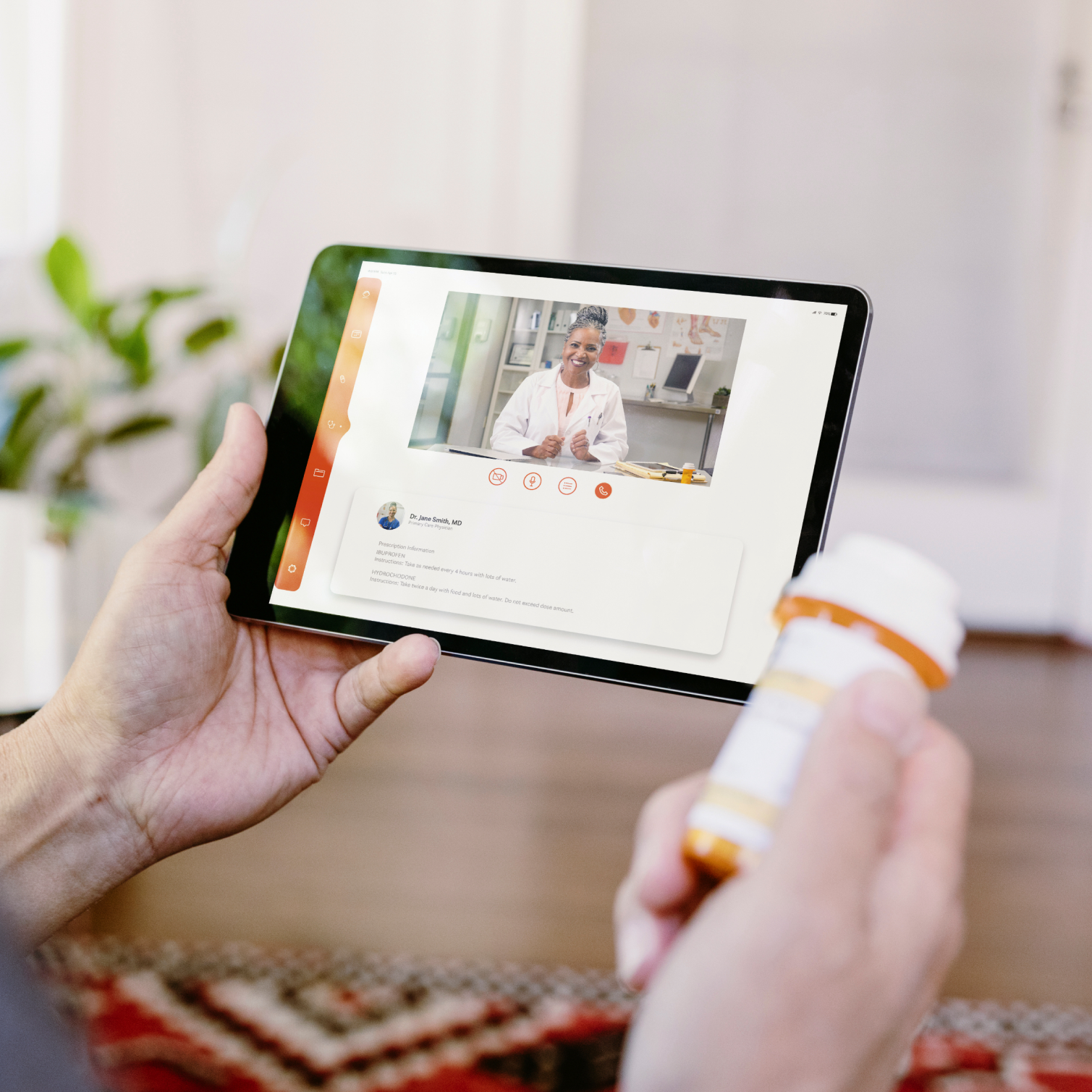Virtual capabilities have become a mainstream solution in care delivery. Consumers, employers and plans embrace a variety of virtual and hybrid care formats, but some apprehension remains.
Evolving hybrid care expectations

Virtual and hybrid care options are becoming the norm
More than half of privately insured consumers (58%) say they have used virtual care in the past 12 months.
When considering the circumstances that would justify using virtual care instead of in-person care, they supply a variety of responses.
46%
CONVENIENCE
Can remain at home/work
44%
MILD SYMPTOMS
42%
LOWER COSTS

Consumer hesitation towards hybrid care.
Despite plan sponsors' significant investment in hybrid care—and the fact that access to alternate settings can actually improve health outcomes—consumers’ misperceptions about nontraditional care settings could lead them to reject these options.
Half of consumer respondents express perceiving diminished quality of care outside of hospitals and providers’ offices.
Nevertheless, plan sponsors remain less concerned, with only one-third of employers and one-quarter of health plan leaders sharing consumers’ opinion.
Greatest concerns with hybrid care:
Consumers:
Quality of care
Employers:
Employees' ability to use technology
Health Plan Leaders:
Limited integration with in-person providers
Satisfaction with virtual care remains high
Despite these concerns, consumers that do engage in virtual care report a consistently high degree of satisfaction with their experiences, with remarkably little variation across gender, generation and race/ethnicity. Four clinical disciplines earn especially high marks:
94% Primary care
91% Urgent care
91% Specialists
90% Mental health counselors or therapists
Consumers with employer-sponsored health plans:
59%
Need more help knowing what is covered by their insurance
56%
Are frustrated with navigating the various care, benefit and vendor offerings
62%
Say it's difficult to know when to use which benefit offered by their employers
Consumers find it difficult to navigate benefits
The most significant challenges for plan sponsors involve overlapping benefits. If consumers are unable to find the care they need, health concerns can go unaddressed, leading to adverse events and more serious, more costly conditions. It will be essential to amplify benefit education efforts for a better, more unified health care experience.
Key Takeaways
plan sponsors can help to educate consumers, informing them about all the care options available to them, including both virtual and brick-and-mortar care.
to arming consumers with the information required to access the care they need -- for greater productivity, better outcomes and a more cohesive experience.
can provide consumers with a stronger connection to their health, offering solutions to the fragmentation shaping the health care landscape.

"A digital-first approach is no longer simply an industry trend or initiative."
"It's a baseline customer expectation. And that holds true for patients in our specialty pharmacy. Year over year, we see more and more patients enroll and use our digital tools, and the demand for more self-service functionality is only increasing. We've responded to that demand through simple methods like using text messaging for refills, and more sophisticated mobile-first experiences such as our Symptom Health Trackers."

